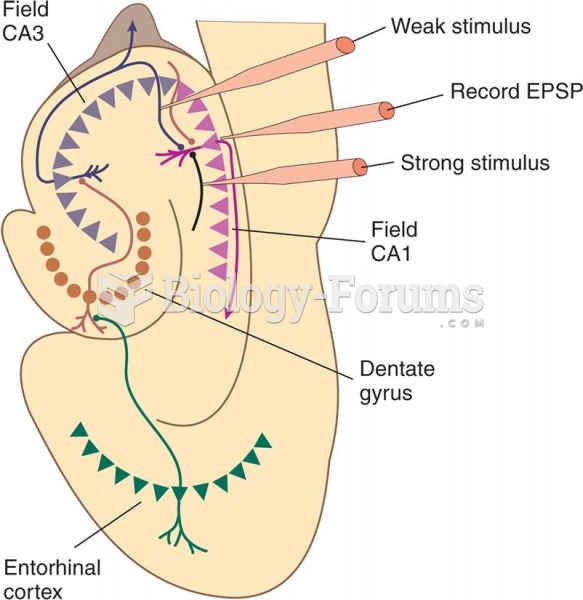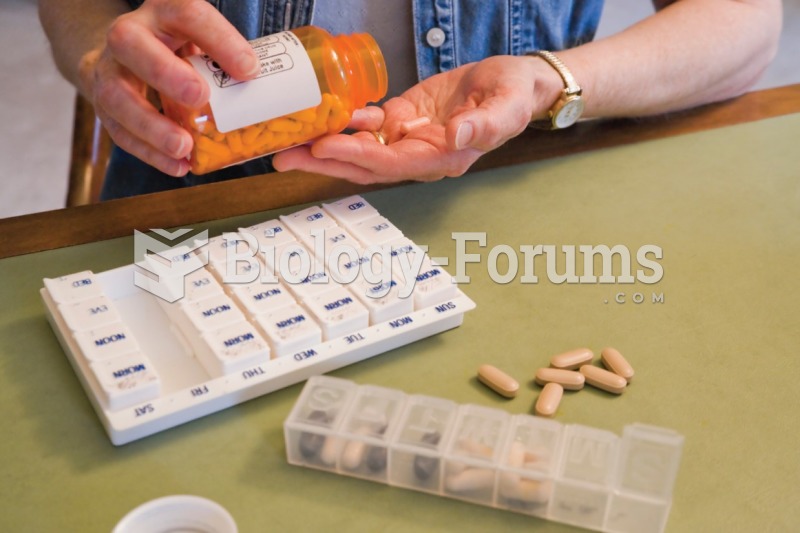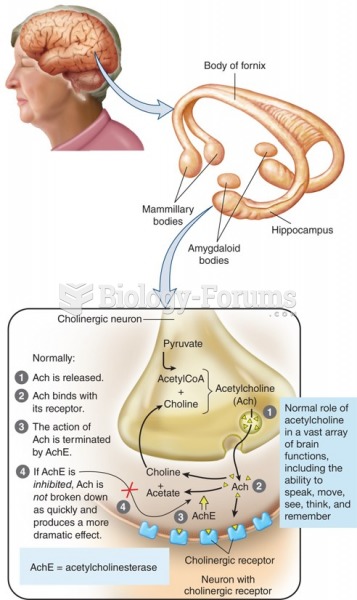Answer to Question 1
Correct Answer: 1,2,3,5
Rationale 1: Corticosteroids decrease inflammation.
Rationale 2: Corticosteroids decrease inflammation, thereby reducing mucus production.
Rationale 3: Corticosteroids decrease bronchial hyperresponsiveness to allergens that can cause inflammation, edema, and bronchospasm.
Rationale 4: Corticosteroids sensitize the bronchial smooth muscle to be more responsive to beta agonist stimulation, which ultimately results in bronchodilation; but they do not directly decrease bronchial constriction.
Rationale 5: Corticosteroids decrease inflammation, thereby reducing edema.
Global Rationale: Corticosteroids decrease inflammation of the airways by inhibiting the synthesis and release of inflammatory mediators, including histamine, leukotriene, cytokines, and prostaglandins. They also inhibit the number of circulating leukocytes and decrease vascular permeability. This results in diminished mucus production and edema, thus reducing airway obstruction. Although corticosteroids are not bronchodilators, they sensitize the bronchial smooth muscle to be more responsive to beta-agonist stimulation. In addition, they reduce the bronchial hyperresponsiveness to allergens, which is responsible for triggering many asthma attacks.
Answer to Question 2
Correct Answer: 1,2,3
Rationale 1: Even when MDIs are properly used, the majority of the aerosolized drug never reaches the lungs because the heavier particles fall out by gravity and are deposited in the throat.
Rationale 2: Because the spacer holds the medication, the client does not have to precisely coordinate inhalation with activation.
Rationale 3: The spacer holds drops that fall out of the aerosol so that less medication is deposited in the mouth and throat.
Rationale 4: A dry powder inhaler (DPI), not an MDI with spacer, is automatically activated by inhalation.
Rationale 5: A nebulizer vaporizes medication for inhalation, not a spacer.
Global Rationale: A spacer is a special tube that attaches to the mouthpiece that is designed to hold the cloud of aerosolized medication. This serves two primary purposes. First, the spacer holds drops that fall out of the aerosol so that less medication is deposited on the oropharynx and in the mouth. Second, because the spacer holds the medication, the patient does not have to precisely coordinate inhalation with activation, so that more drug reaches the site of action. A dry powder inhaler (DPI), not an MDI with spacer, is automatically activated by inhalation. A nebulizer vaporizes medication for inhalation, not a spacer.







